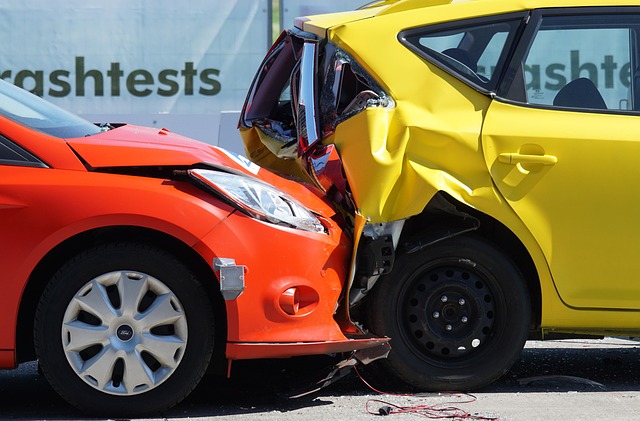Parts Recovery and Recycling from Written Off Vehicles
This article outlines practical processes for recovering and recycling parts from written off vehicles, explaining key steps such as inspection, valuation, and compliance. It covers how salvage moves from auction lots to repair, restoration, resale, or export, with attention to safety and environmental considerations.

Written off vehicles present both challenges and opportunities for parts recovery and recycling. After an insurer declares a vehicle a total loss, a structured process determines whether salvageable components are removed for reuse, refurbished, or sent for material recycling. This process balances safety, regulatory compliance, and economic value, and involves coordinated inspection, valuation, title handling, and often auction-based transfer of ownership before parts enter repair, restoration, resale, or export channels.
What does salvage mean for written off vehicles?
Salvage describes the condition and legal status of vehicles damaged beyond a threshold where repair costs exceed their insured value. A vehicle classified as salvage may still contain usable parts—engines, transmissions, body panels, electronic modules—that can be reclaimed. Salvage handling varies by jurisdiction and insurer: some vehicles are retained for parts recovery on-site, others are transported to salvage yards or dismantlers. Proper documentation and titles are essential to track ownership and legal restrictions that may limit resale or export of recovered components.
How are vehicles inspected and valued?
Inspection begins with a visual and mechanical assessment to identify intact components and safety-related damage. Trained inspectors catalogue parts that can be safely removed and reused, noting wear, corrosion, and missing items. Valuation combines parts condition, market demand, and the vehicle’s depreciation to estimate salvage value. Insurance companies rely on these valuations to decide whether a vehicle is written off and to set reserve prices for auctions. Accurate inspection and transparent valuation help ensure that salvage parts meet expected standards for repairs and restoration.
How do auctions, valuation, and insurance interact?
Salvage auctions are a central marketplace where insurers, dismantlers, repair shops, and exporters bid for written off vehicles. Insurers use auction outcomes to recover some of their losses; buyers base bids on inspection reports, photos, and estimated parts value. Auction platforms may offer varying levels of detail in listings, and fees can affect net returns. Insurance processes, including title branding and settlement, influence whether a vehicle is sold for whole-vehicle repair or dismantling for parts. Clear auction documentation supports compliance and sensible resale decisions.
How are parts recovered, repaired, and restored?
Parts recovery follows a methodical dismantling process to protect reusable components and preserve traceability. Technicians remove parts in a sequence that prevents further damage, clean and test electrical and mechanical items, and tag inventory for storage or sale. Repairs and restoration might involve bench-testing, reconditioning, or replacing wear items to meet safety and performance standards. Quality control includes matching part numbers, verifying functionality, and retaining records showing provenance and test results, which supports later resale or reuse in repairs and restoration projects.
What are rules on titles, resale, export, and compliance?
Titles often receive a salvage brand that must be cleared or rebranded per local law before a vehicle or repaired part can be resold for road use. Regulations govern the export of salvage or reconditioned components, with documentation requirements to prevent illegal trade and protect consumers. Compliance also covers environmental rules for fluids and hazardous materials disposal during dismantling. For resale, clear provenance and compliance records bolster buyer confidence; for export, businesses must understand destination-country rules to avoid shipment rejections or legal penalties.
How does depreciation affect salvage value and safety?
Depreciation reduces a vehicle’s pre-loss market value and therefore influences whether insurers classify it as written off; it also affects parts pricing in auctions and resale markets. Some components retain high value despite overall depreciation—motors, transmissions, catalytic converters, and electronic modules—while others decline faster. Safety considerations are paramount: structural repairs or reusing safety-critical parts (airbags, seatbelt pretensioners, structural members) require strict testing and certification. Responsible salvage operations balance economic recovery with uncompromising safety protocols to prevent compromised repairs.
Conclusion Parts recovery and recycling from written off vehicles requires coordinated inspection, accurate valuation, secure title handling, and adherence to safety and compliance standards. Auctions and salvage markets connect insurers with dismantlers and repairers, enabling usable components to be redirected into repairs, restoration, resale, or export. When performed responsibly, these practices reduce waste, support aftermarket supply chains, and preserve value while prioritizing safety and legal compliance.






